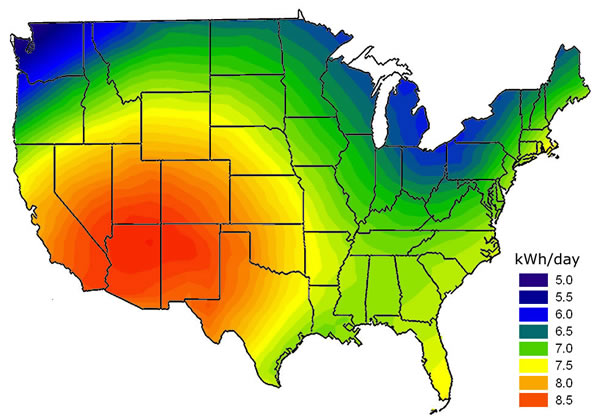The capacity factor is defined for any electricity producing installation such as a fuel consuming power plant or one using renewable energy such as wind or the sun.
Capacity factor for solar panels.
Last updated on july 12 2020.
Knowing what factors affect solar panel production is important to ensure that you get the most savings possible out of your system.
One of the key reasons for this low ratio is the nature of renewable power.
This post looks into the reasons for this large difference and also addresses the question of whether the eia estimates can be used to predict future us solar pv output.
Or when you are reading a quote from a solar installer you might see numbers like 245w 300w or 345w next to the name of the panel.
The capacity factor is a general term for all power generating systems and refers to the difference between what the system can achieve at continuous 100 output the power rating versus what it actually achieves under normal less than 100 operating conditions.
Recently however the us energy information agency published a table showing an average capacity factor of around 28 for utility sized pv plants in the us in 2015.
The absorption depends on the energy of the photon and the band gap energy of the solar semiconductor material and it is expressed in electron volt ev.
The inverter size is greater than the required solar panel capacity 585 wp eliminating the risk of the inverter throttling the panel s output.
Power output or wattage is an important factor to consider when comparing solar panel options.
You may hear your solar installer say it s a 255 watt panel or the panel i am recommending is has a wattage of 300.
The capacity factor for solar panels varies between 15 and 40.
As we have seen the capacity factor varies quite a bit for solar photovoltaic systems depending on the location.
How to design and install a solar pv system.
After all when it comes to solar wind and hydro we are at the mercy of the nature.
State level emissions and emissions factors.
For the generation of electricity by the cell it must absorb the energy of the photon.
The solar pv system required to power this load would need 5 x 130 wp 12v panels and an inverter of at least 800 w.
The net capacity factor is the unitless ratio of an actual electrical energy output over a given period of time to the maximum possible electrical energy output over that period.
Recently however the us energy information agency published a table showing an average capacity factor of around 28 for utility sized pv plants in the us in 2015.
If you have any other questions about solar panel production or would like to speak with one of our trusted solar educators please call 888 454 9979.
Energy information administration eia publishes annual co2 emissions and average annual co2 emissions factors related to total electricity generation by the electric power industry in the united states and in each state in the state electricity profiles in each profile table 1 has the co2 emissions and emission factor for the most recent.
A post i wrote a little over two years ago concluded that solar pv capacity factors in the us ranged between 13 and 19 with an average of around 16.
The average capacity factor can also be defined for any class of such installations and can be used to compare different types of electricity production.
Generally it is in the range of 10 25.










